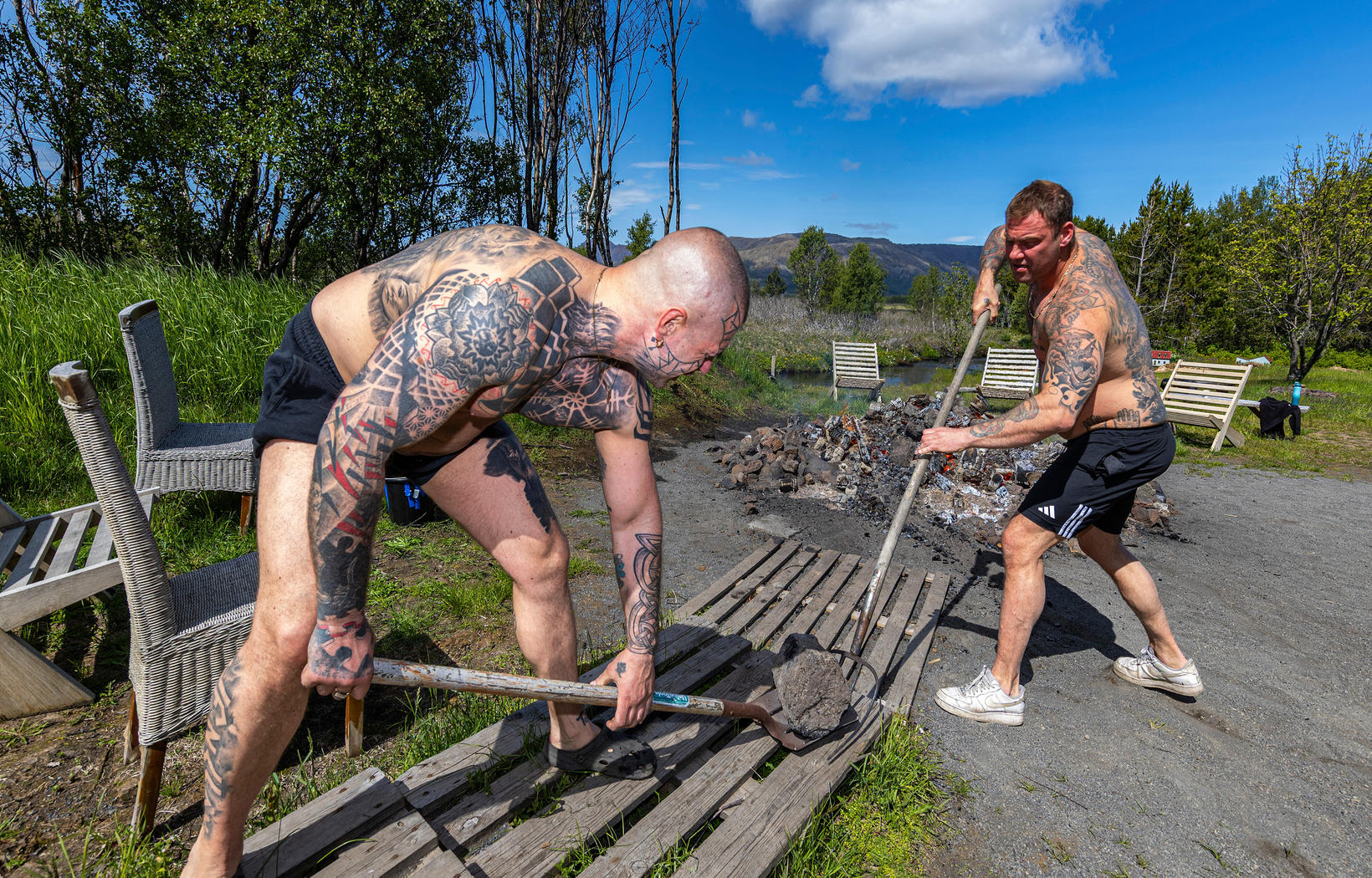Why the village life is threatened with extinction

The DP MP André Bauler is a economist and a member of the parliamentary agricultural commission.
The new government has undertaken to further revitalize the development of rural areas. It is primarily about improving the quality of life of the people native there. In particular, the building fabric that has grown for decades and the public places in our villages should be preserved as well as possible and new purposes should be supplied. Fortunately, there are still typical towns in Luxembourg, the architectural value of which deserves support and recognition.
So a village should remain a village – not a sleeping village, but a place where living, leisure and work are better interlinked. We do not want Potemkin’s villages, but towns with soul and quality of life. As part of the general development plans, the municipalities should be particularly concerned about the future of the architectural peculiarity of their villages. Because knowledgeable critics are increasingly complaining about building sins that undermine the character of our rural settlements and reduce their quality of living.
Why a strong state is needed
Preserve village peculiarity
In the recent past, old walls in our villages always managed to bring new life. For example, we think of the former school in Lellingen in the « Kiischpelt » or the small but charming village hall in Roodt/Lannen. In this way, in manageable communities in the west of the country – we only think of Ell or Saeul – places a lot of emphasis on village identity and living together.
Disappeared dairies, former schools, historical gardens, former forging or triggered chapels that can be used specifically, e.g. B. as rooms for training and further training, for exhibitions or meetings. All activities that bring life to our municipalities. Such projects must be functional and fit into their environment.
We don’t want Potemkin villages, but towns with soul and quality of life.
Among other things, space for young self-employed or start-ups can be created at affordable rental prices. The same applies to local markets in the village center, where regional producers could offer their goods. In terms of revitalization of the local economy, the Minister of Agriculture recently mentioned the establishment of a local « Épicerie » in Heffingen in parliament – and as an example – which is supported with funding from the state.
Does AI come about the job cuts at the financial center?
Maintain social cohesion
Such projects contribute to strengthening living together in rural areas. Because we do not demonstrate anything: given the growing influence of social media, social cohesion is less weakened than promoted.
Even though the local village communities have less to struggle with anonymity and loneliness of their fellow citizens than is the case in urban rooms, it is unfortunately too often noticeable that more and more people are also having ahead. Demographic change has favored this development rather than slowed down. So how can you promote the interest of new fellow citizens in social life in rural areas? What to do to favor a stronger cohesion?
In view of the growing influence of social media, social cohesion is rather weakened than promoted.
Culture and sport undoubtedly play a key role here. Fortunately, there are newcomers who contribute to associations or provide social services or neighborhood aid. However, their number could be higher. Because in these special times it is about more together and less retreat to private.
Strengthen local democracy
The bottom-up logic of the leader projects allows people to integrate more into community projects and decision-making processes. This serves the on -site democracy as well as the constructive and creative dialogue between citizens with different talents and skills. When asked, the Minister of Agriculture confirmed this in parliament; Citizen participation in information events is high and there is a wide interest in new projects.
So a village should remain a village – not a sleeping village, but a place where living, leisure and work are better interlinked. Photo: Shutterstock
The village development goes far beyond the beautification of village places and the renovation of old walls. It is u. Connected to state planning, mobility, education and agriculture.
What makes a country like Luxembourg attractive?
In the end, rural development also depends on the municipal development plans, which ensure that our villages – thanks to original residential projects – remain worth living. So the opposite of anonymous sleep villages with dreary, stereotypical residential complexes.







